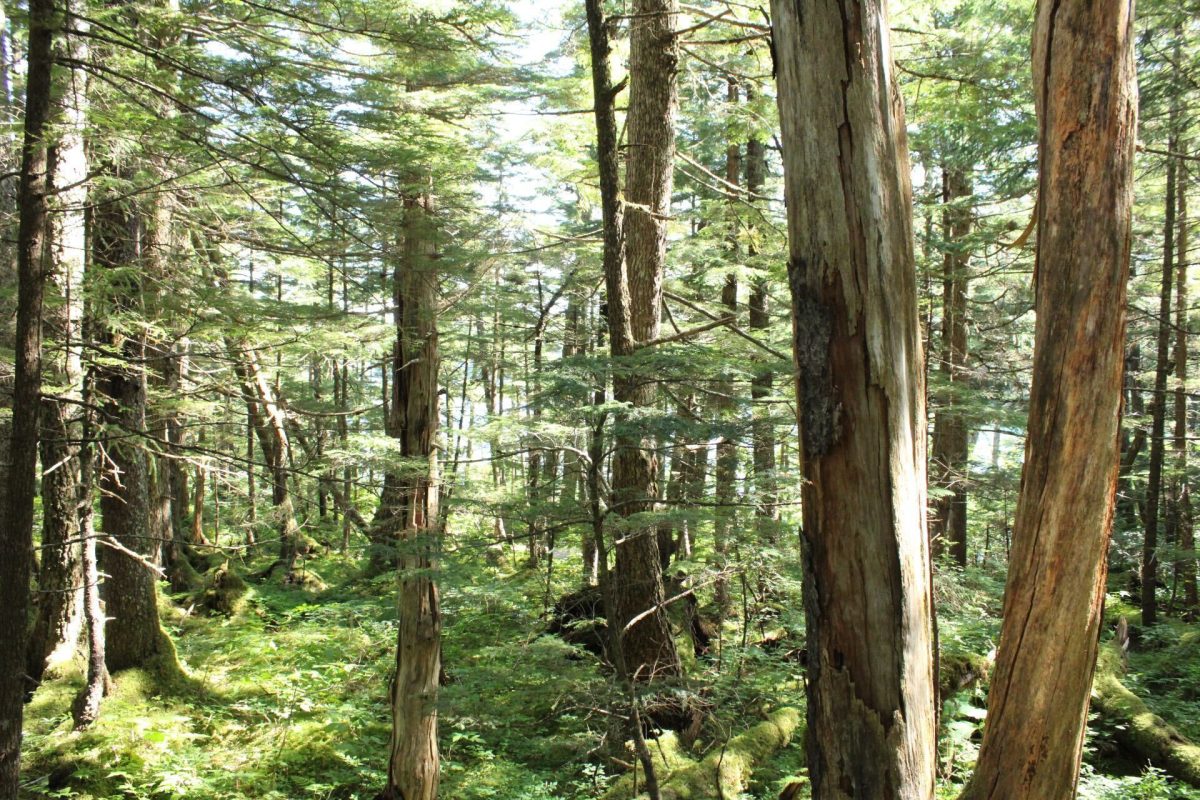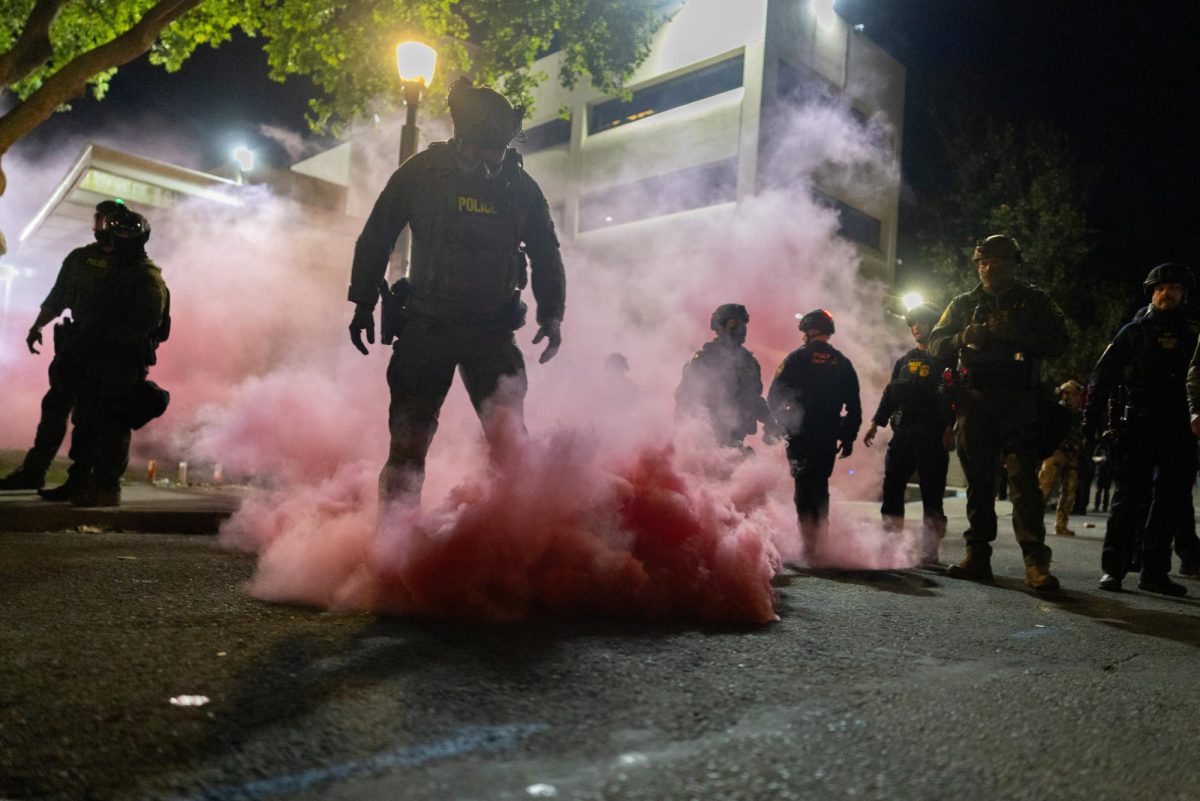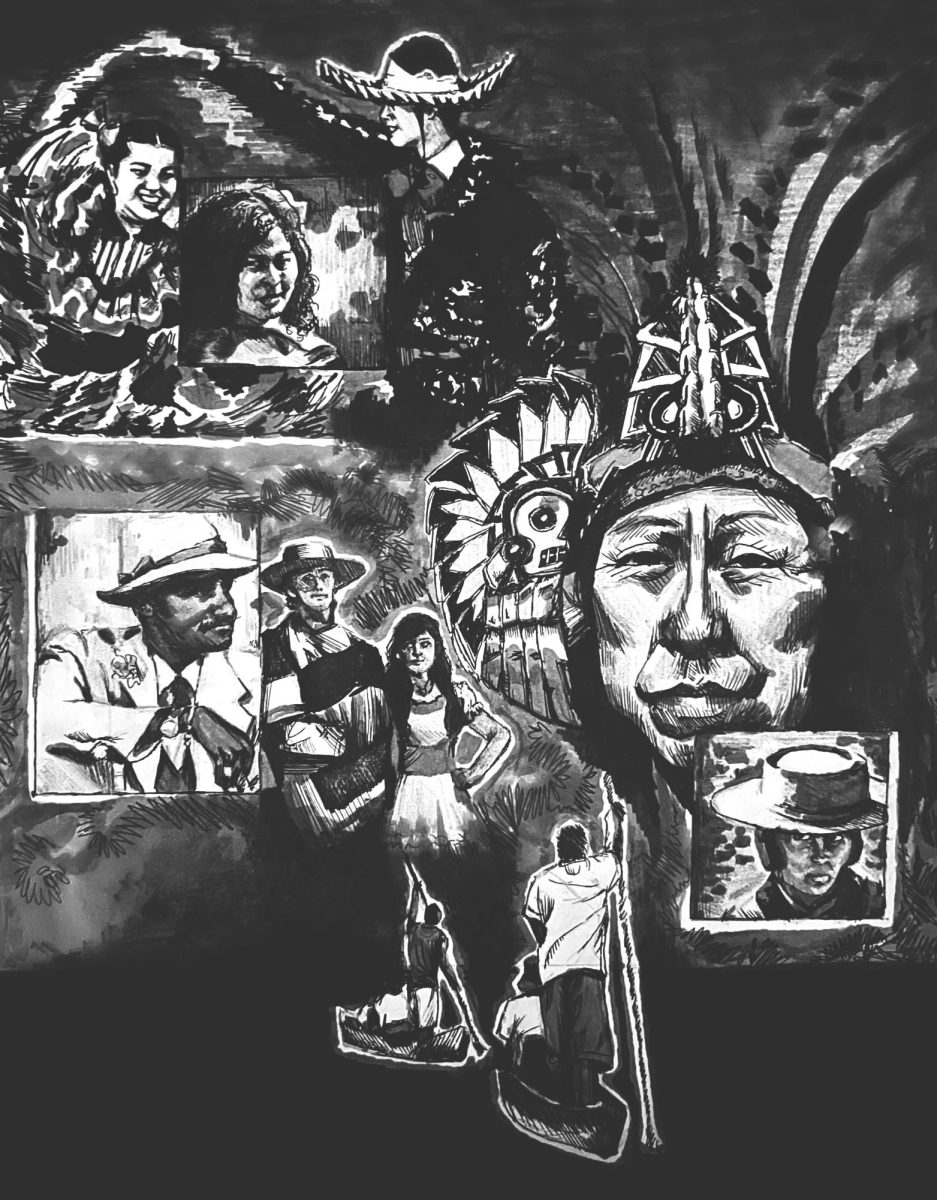President Donald Trump’s administration’s Oncler-like proposal to rescind the Roadless Rule puts too much life at risk.
Signed into law by President Bill Clinton in 2001, the Roadless Rule protects select inventoried roadless areas in the National Forests System from road building, infrastructure and timber.
Nationwide, about 58 million acres of forest are protected under the Roadless Rule.
But in June, the Trump administration announced its plan to rescind the Roadless Rule, deeming it “overly restrictive.”
Trump has come after the Roadless Rule before. In 2020, the first Trump administration removed some roadless protections, but the Roadless Rule was fully restored by the Biden Administration in 2023. Biden also extended protections to the Tongass National Forest in Alaska – the largest coastal temperate rainforest on Earth.
Now, Trump’s plan specifically targets the Tongass National Forest, aligning with the January executive order: “Unleashing Alaska’s Extraordinary Resource Potential” – more honestly phrased as “Carelessly Tearing Apart the Last Frontier.”
“There have been plenty of Republican administrations since then (2001) that have had the opportunity to rescind it, and they haven’t,” said Colin Kuehl, a jointly-appointed associate professor in the Department of Political Science and the Institute for the Study of Environment, Sustainability and Energy. “But generally, this is occurring in a broader context where the Trump administration has been undermining public lands, kind of wherever they can, and they can through executive actions, just like this one.”
The ecological roles forests play are impossible to adequately quantify. They are rich hotspots of biodiversity, teeming with life.
Microbes, insects, fungi and other decomposers hide among leaf litter. Wildlife and vegetation circle nature’s energy through the food chain. Birdsong in the canopy, magnificent life-giving trees and the indescribable aroma of untouched forest offer unique peace to respectful human visitors.
It is a rare and magical habitat that covers 31% of planet Earth’s land and encompasses 80% of its terrestrial species.
Threatening forests also threatens the cultural rights of Indigenous American and Alaska Native communities. Many inventoried roadless areas – where Trump’s proposal would let loose the chainsaws – prevent infrastructure from impacting Indigenous ancestral lands, including the Tongass National Forest.
“We understand the need for sustainable industries and viable resource development in Southeast Alaska,” reads a letter written by southeast Alaska Native nations Tlingit and Haida after the plan to rescind the Roadless Rule was announced. “Our communities need opportunities for economic growth, but that growth must be guided by those who call this place home. It must be done with us — not over us.”
The White House argues rescinding the Roadless Rule will allow for more effective wildfire management. More roads technically means it’s easier for firefighting equipment to reach wildfires.
However, the Roadless Rule was designed with loopholes in mind to allow for fire management when necessary, and most wildfires start at the side of human roads anyways.
“There is an argument to be made that there’s like, need, we need more active management, and roads allow that access. But as it was written, there are carve-outs so that you can build roads if you need to, right? This is, these aren’t areas (all of the Forest Service) that are designated wilderness,” Kuehl said.
Unlike the National Parks, the U.S. Forest Service was established to protect forest resources that humans rely on, not just natural beauty. So even with the Roadless Rule in place, around 70% of America’s forests are still accessible for road construction and management.
Forests are also carbon sinks: Absorbing carbon dioxide from the air and converting it to oxygen. This means deforestation only exacerbates the rate of climate change, which in turn increases the threat of wildfires.
Removing forest protections to improve wildfire management creates a pointless paradox that doesn’t justify the environmental devastation repealing the Roadless Rule will have.
Conservationist and naturalist John Muir once went into the woods to find his soul; maybe the president should give that a try. If he has any luck in the search, he’ll decide to leave the forests alone.















